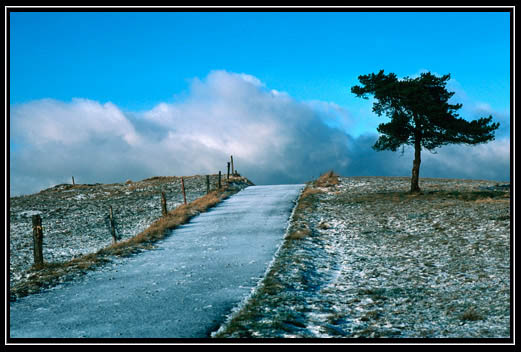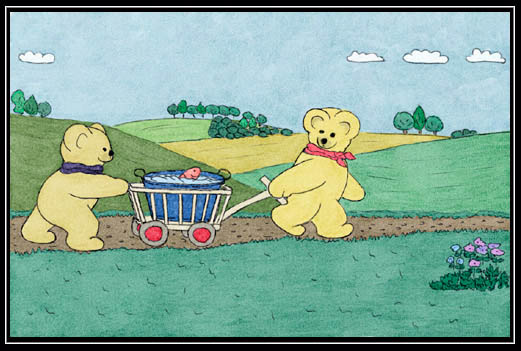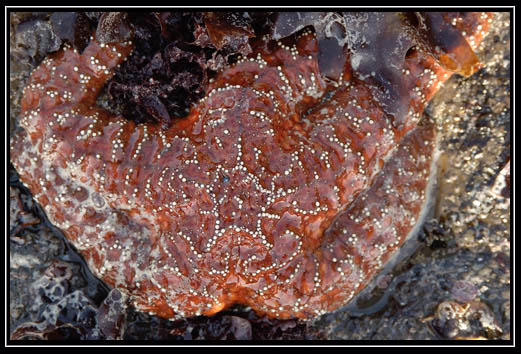|
It is out of question for us that we are in the transition period from
film to digital and that we are still very much in the early phase.
You might now hardly believe that we prefer LPs over CDs if the LPs
are played on the best turntable available. Do we believe analog music
is better than digital one? No. We just think that the format of 16bit
CDs was an economical compromise which sacrificed music quality. The
next format on DVD will give even the best analog system a run for the
money.
The same principle rules in the digital world. It is a function of
cost and state of technology how digital photography stands up.
Here is a bit of our life with photography. In 1973 we got our first
Nikon camera and added soon many manual focus lenses, 2 Nikon F2 bodies,
a Hasselblad, B&W darkroom and Cibachrome color processing. At that
point we never thought of something better than the F2 and were fully
concentrated on capturing better content. We even exhibited our work
some smaller shows in Germany.

Eifel Lone Pine (Germany 1980)
The experience in the darkroom was twofold:
It was fun (or frustration) to see the results but there was also the
chemistry (ever smelled Cibrachome chemistry?) and the darkroom was
"dark". But finally Uwe's job as a software engineer did not leave enough
time for the darkroom and without own prints we did not really know
why we should photograph at all.
So we had the very long break from 1982
to 1995 where we dreamed of photography but never did something meaningful
towards new photos. In 1995 we got our first scrappy 640x480 digital
camera and considered it an expensive graphics toy. At the same time
Bettina started to paint on the PC with Painter (the first software
which we found had very artistic roots).

Illustration from Bettina's unpublished Book
In 1996 we then started using video cameras
and enjoyed it a lot. But all this video was kind of a compensation
for photography. So even our videos were more photographs shot with
a video camera.
End of 1997 we then moved from Germany
to California's Silicon Valley where digital, web and multimedia was
part of our daily life. Then in 1999 we bought from our IRS check a
Coolpix 950. We would never see the Coolpix as a real photographers
camera. Before you feel offended please consider that we still had our
two F2s and just the the viewfinder on an F2 makes a world of difference
compared to the Coolpix. But the Coolpix was very important as it proved
for us that digital photography is here, is real and in our reach. In
October we still called the new Nikon D1 a "Brick" but probably more
to protect ourselves from buying such unknown, expensive camera.
The Coolpix brought back the desire to
photograph in a more serious way. So we reactivated our F2s and scanned
the slides. We learned a lot about scanning and Photoshop during that
short period. But the whole process which needed a lab to develop the
slides and a lot of work to scan the photos pushed us to get finally
a Nikon D1. Nearly from the beginning we only used the Nikon RAW format
NEF files. This was the right decision on the the long run. But going
through the long evolution of Bibble, Qimage and Nikon Capture was close
to a nightmare if you longed for quality.
To be honest we expected less from the
D1 than we got, but then we longed for more and more and hit probably
the limits of all today's digital SLRs. But then again we don't think
we had expected the print results we can show today. Compared to our
more ambitious goals this might not be enough but still there are some
photos we probably can be proud of. And if you show these photos to
other photographers they sometimes hardly believe it is "just" digital.
So how is working with digital photos?
A lot of work. There is hardly that situation where you photograph and
you are ready. Mostly taking the photo is just the beginning. Of course
if you don't start with good material this cannot be fixed anywhere
later. On the other hand RAW digital files can really be diamonds in
the raw.

Star Fish in a Tide Pool near Moss Beach (CA)
This photo of a "Star Fish" would have
been nearly deleted about a year ago. With our experience at that time
and the NEF conversion tools at hand we could not get a decent photo
from it. Now we think is shows what Bettina saw at that moment when
she took the photo. We don't even claim that this might be the final
version of it. But fact is that Nikon Capture 2 did a much better job
this time than Nikon Capture 1 released a year ago.
Why digital? I think that if you work
hard it is a good way to get fine art photos and it is a permanent challenge
to improve. All people who wait have the advantage that the technology
works in their favor. But they also have to master the transition and
this phase is long over for us now and we can get into permanent improvement
mode (demanding enough). This book is not about convincing someone to
go digital, you have to convince yourself! But if you want to go the
digital path we hope to help you on your way.
So is digital better? We don't care. Our
message is that if you go digital then you have to try to make the best
of it. In the end not film vs. digital is important, the photo and print
count. Also in some way digital photography and film meet anyway as
most quality prints today result from a digital print process. The question
is more: To use a Digital camera or scan film.
| /
/
/
/